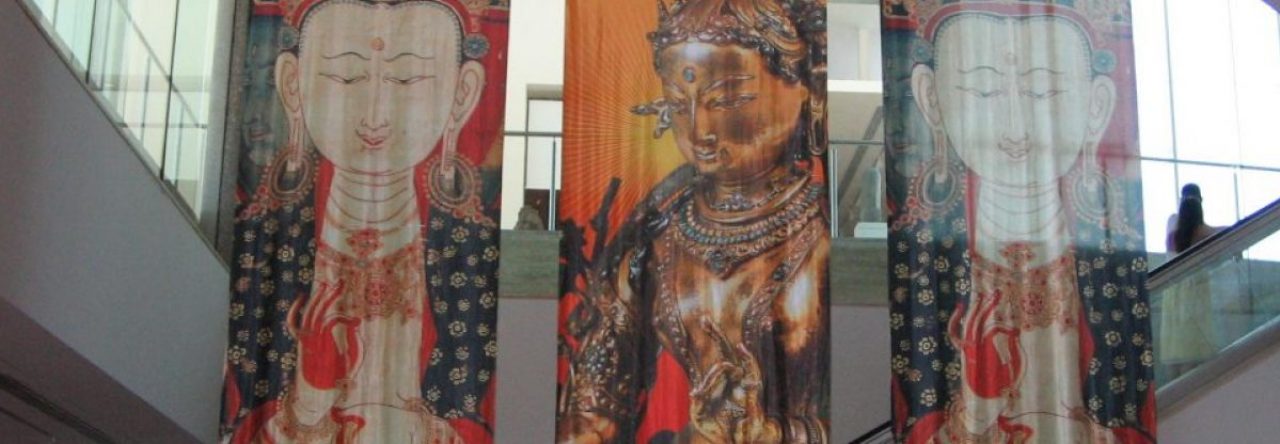My name is Christopher Ash, and this is a bio relevant to these pages. I am the convener of Kalyānamitta Mindful Conversations Online, a meeting place for people willing to explore the ‘inter-affecting’ between Early Buddhist teachings and Eugene T. Gendlin’s Philosophy of the Implicit. We are a group of people who love exploring human experiencing.
I began meditating in 1967, and have continued for the last fifty-four years. I first took up Buddhist practice in 1969, though I didn’t formally take refuge until 1988 – with H.H. Sakya Trizin. In my early years, I was attracted to Zen practice, though I didn’t start to sit in a zendo until around 1990. Before that, I practiced with some Tibetan teachers; and studied with a Dzogchen teacher.
Then I settled in, for more intensive practice, with two teachers (some years concurrently) – one a Diamond Approach teacher, and the other my Zen teacher, Subhana Barzaghi – each for about fourteen years. I’m very grateful to Subhana for her skilful guidance in that crucial time in my development. Subhana is also an Insight teacher, via Christopher Titmuss, via Ajahn Buddhadasa. She and Christopher appointed me as an Insight teacher, in 2002. (I also learned Pali to study the teachings of the earliest strata of Buddhist teachings.)
As I write elsewhere, I began in the late 90s to study Eugene T. Gendlin’s Focusing method and his Philosophy of the Implicit. I am hugely indebted to Gene. Unexpectedly, and ironically, his work gave me a radical and surprising entry into the experiential intricacy in the Early Buddhist teachings. I graduated as a Focusing trainer in 1998, under Ann Weiser Cornell’s tutelage – another teacher to whom I’m grateful.
One particularly striking re-orientation, for me (of the Buddhist teachings and practice) has come from using a different language theory than most Buddhist practice lineages and scholars use. I got this approach to speaking and thinking from Gendlin’s work, and I had the opportunity to check my understanding with him on several occasions (in courses which Ann organised); so, I’m confident that I got it correctly. I hope to convey something of this in these pages. It fits perfectly with the Buddha’s concept-use, as portrayed in the Buddhist suttas.
While I’m acknowledging my indebtedness to my wonderful mentors and teachers, I’d also like to thank my friend, and mentor in The Philosophy of the Implicit, Rob Parker. A very gifted teacher, and truly a mensch. I have studied Gene Gendlin’s A Process Model with Rob for about a decade.
I am a retired psychotherapist, also. I spent twenty years as a therapist. Before that I was a teacher of English to migrants and refugees in Australia.
I live with my wife in the Blue Mountains, west of Sydney.
